When it comes to planning a new garden, there is one thing that every outdoor space needs and that is flowers. Not only do flowers look beautiful, but they also add dimension and color to your garden, where they will continue to bloom with love and care. Let’s take a look at the world of rose plants.

Nowadays, one of the most popular flowers in the world is the rose, which has seen a long and storied history since its cultivation. Known for its bright colors and cabbage-like petals, the rose has played an important role in human history.
In fact, roses were once used by noble houses as a sign of their lineage, with the bloom also being associated with romance and love. So if you want to know more about the countless varieties of roses available, then you have come to the right place.
In the following article, we have compiled a list of common rose plants, so that you can learn more about the different varieties and their characteristics. We have also included some fascinating information about each species and its different meanings.
So if you love roses and want to learn more about your favorite plants, this article has everything you need to get started…
1. Damask Rose (Rosa x Damascena)
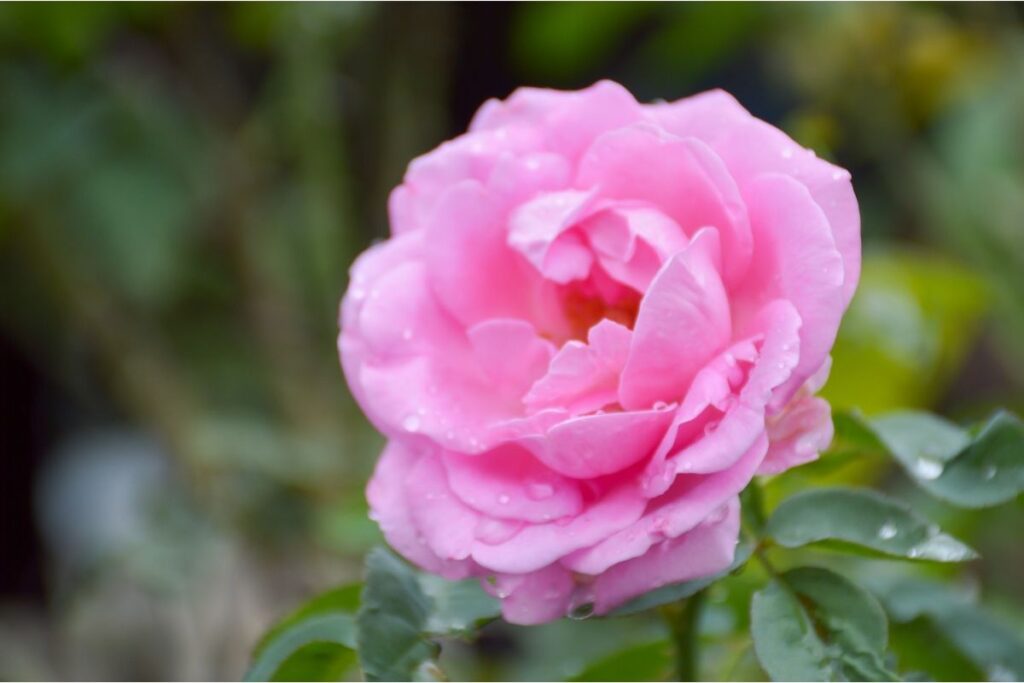
For the first rose plant on our list, we have chosen the damask rose, a hybrid species known for its delicious smell and stunning appearance.
Otherwise known as the turkish rose, this species is commonly cultivated to make rose water, which can be used to make soaps and desserts.
2. Mr Lincoln Rose (Rosa ‘Mister Lincoln’)

Despite its unusual name, this species of tea rose was once considered one of the most popular blooms in the United States, where it was first cultivated in 1964.
Mr Lincoln roses are known for their floral scent, with the delicate flowers being much larger than other species and boasting deep red petals that do not fade in the sun.
3. Dog Rose (Rosa Canina)
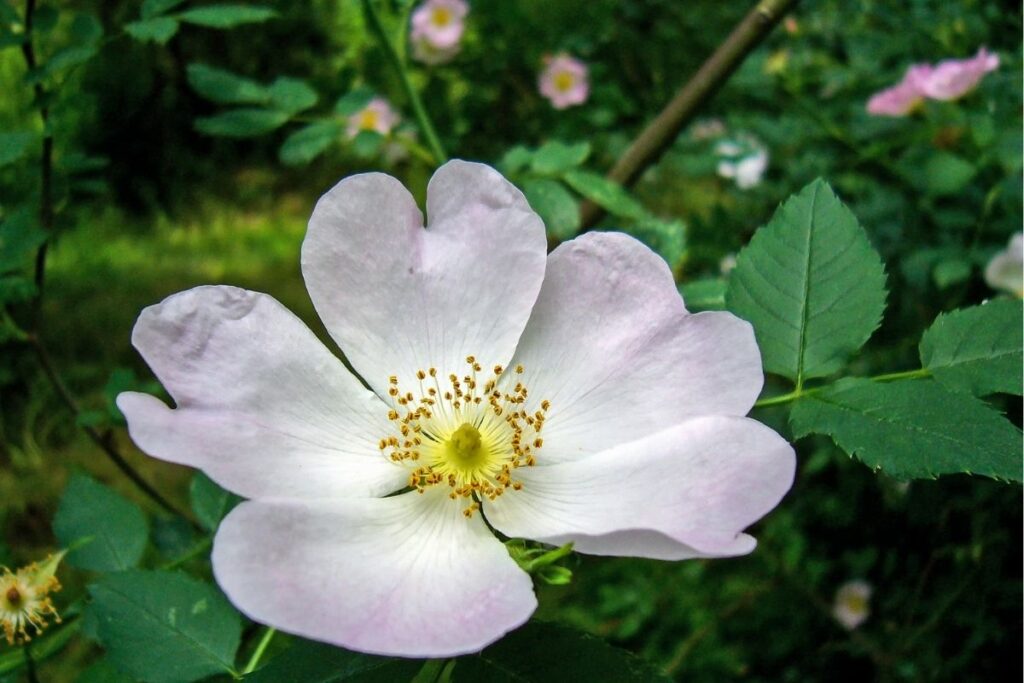
This species of climbing wild rose can be found in Europe and northwest Africa, where the plant produces a small fruit used in teas and preserves.
Unlike common roses, these flowers do not share the same cabbage-like features and instead boast 5 petals that come in shades of pink and white.
4. Beach Rose (Rosa Rugosa)
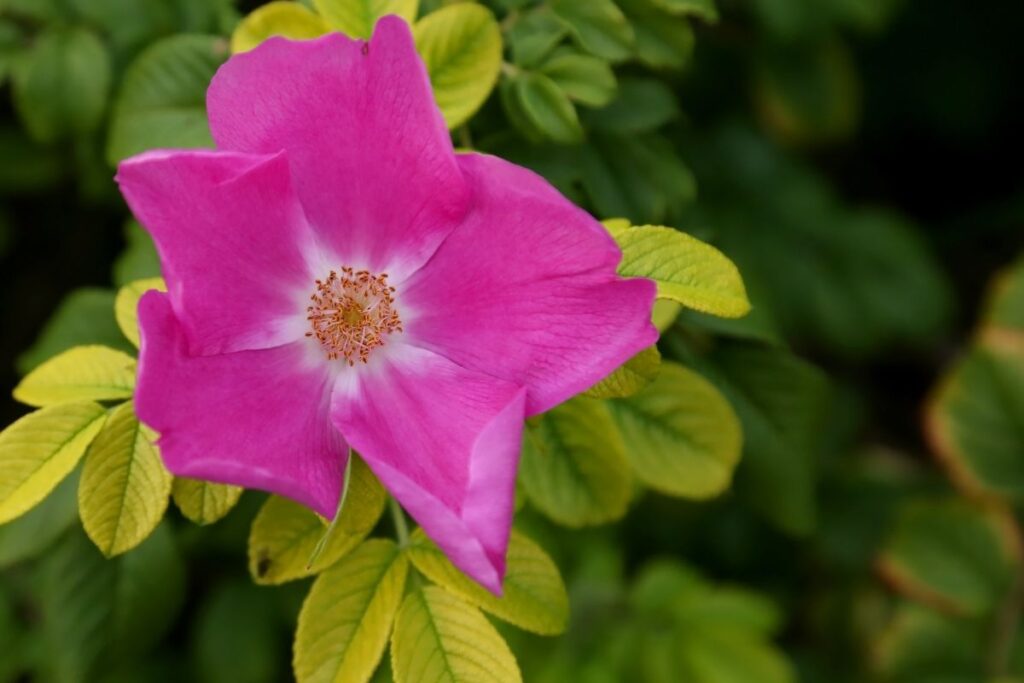
Otherwise known as the Japanese rose, this species is native to eastern Asia, where it can commonly be found on beach coasts and sand dunes.
The plant itself is considered a suckering shrub and is known to produce dense thickets with short leaves – the magenta flowers are pleasantly scented.
5. White York Rose (Rose x Alba)
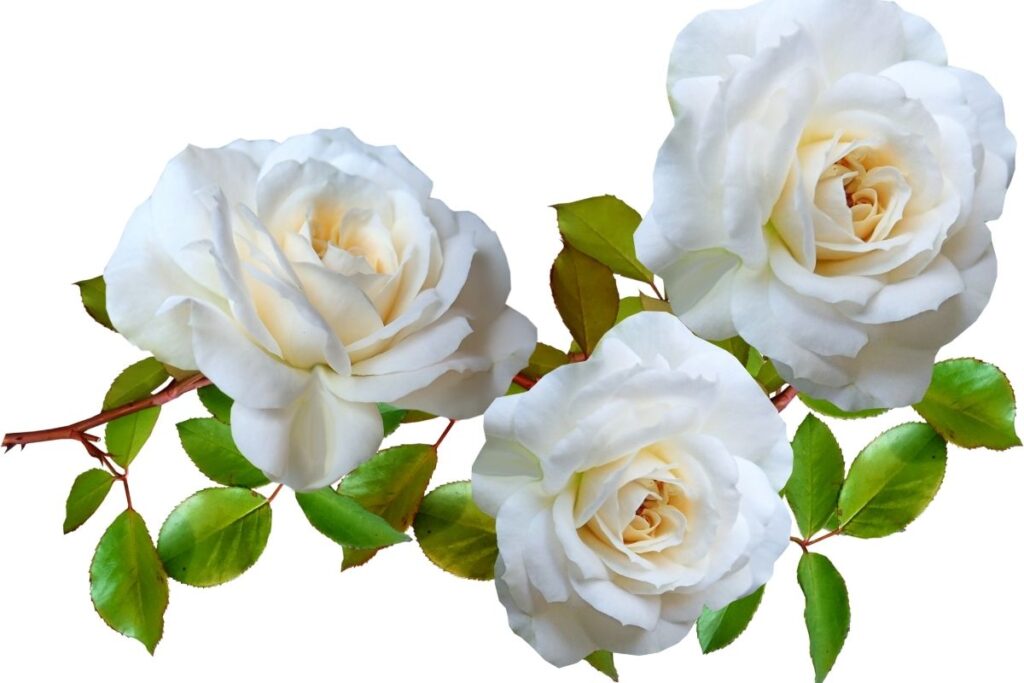
One of the most fascinating things about this hybrid is its parentage, which remains unknown to this day.
Despite this, the rose is a native species to Europe and has been grown since ancient times, with the flower once being used as the sigil of the York Plantagenets.
6. China Rose (Rosa Chinensis)
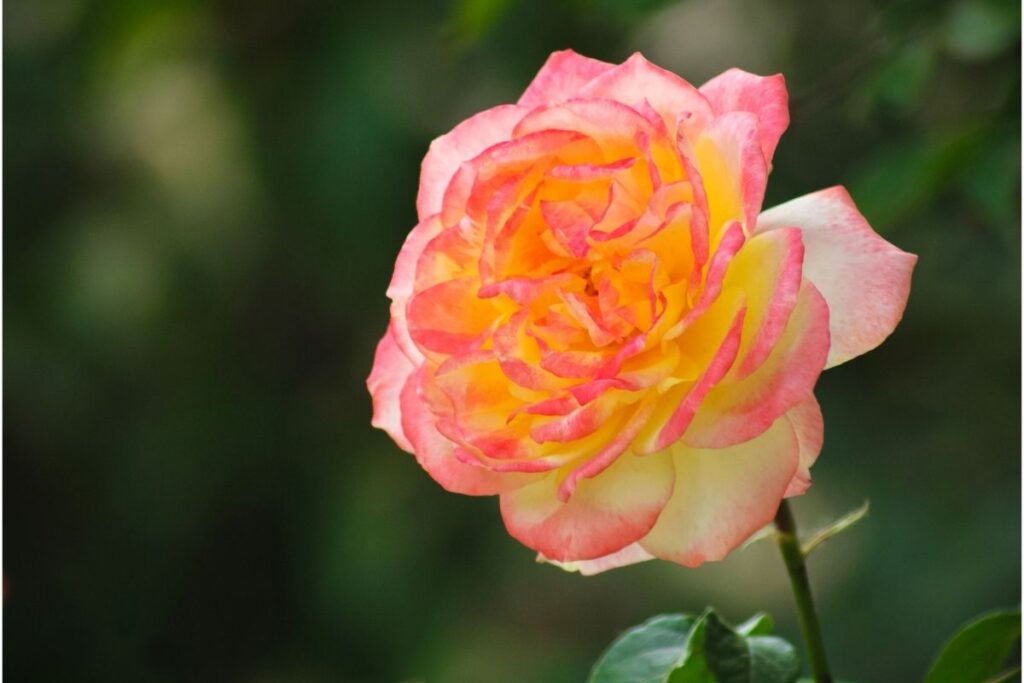
Native to southwest China, this species has played an important role in the production of modern garden roses, as it is used to provide the repeat-blooming characteristic.
Beyond this, the plant is also cultivated for its many flowers, which can be used as a kitchen herb to make herbal tea and soup.
7. Sweetbriar Rose (Rosa Rubiginosa)
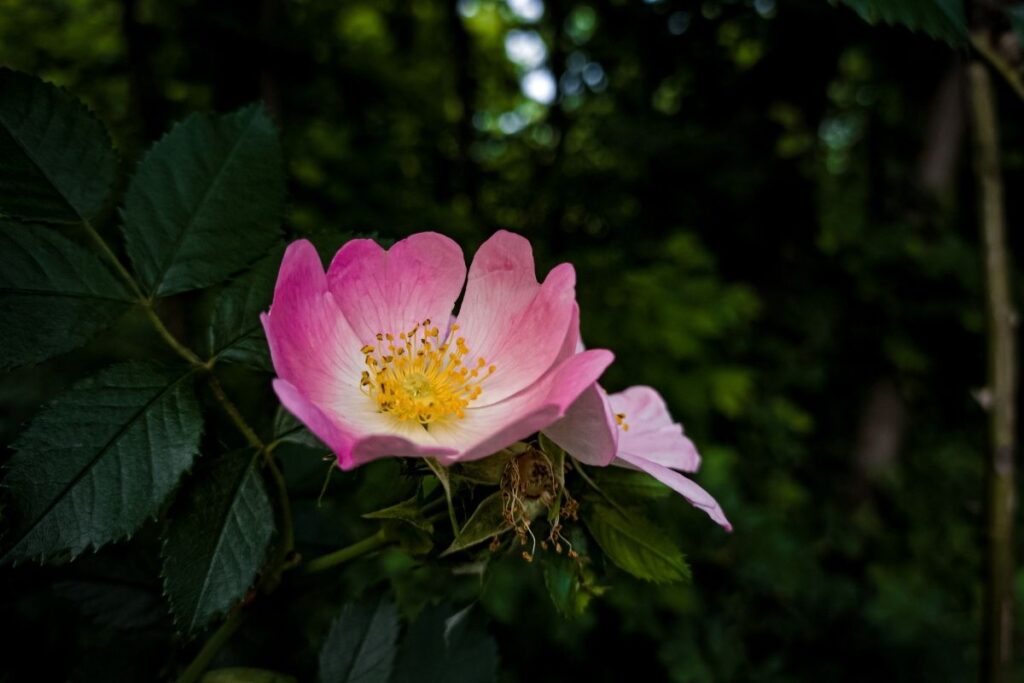
This deciduous shrub is native to Europe and western Asia, where it is known for its vibrant flowers and apple-like scent.
Because the hips of the rose are high in vitamin C, it is commonly used to make a nutritious tea, which is still consumed across the European continent.
8. Knock Out Rose (Rosa ‘Knock Out’)

The knockout is a species of shrub rose that was first cultivated by William Radler in 1989, with the plant being introduced to the United States in 2000.
In terms of its appearance, the plant is known for its glossy leaves and attractive buds, which are said to be cherry red with a yellow-white center.
9. French Rose (Rosa Gallica)

Otherwise known as the Lancaster rose, this flowering plant is said to be one of the first species of rose to be cultivated in central Europe, where it can still be found today.
In medieval times, the rose was renowned for its beautiful appearance and used by the noble houses to decorate their gardens and family crests.
10. Eden Rose (Rosa Eden)
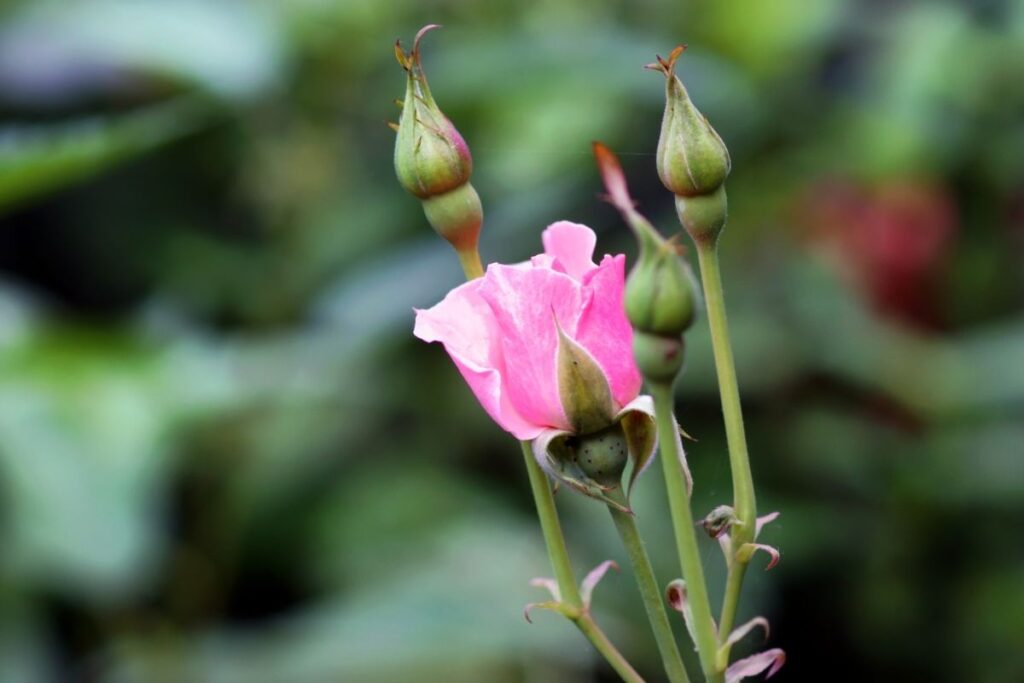
This species of climbing rose was first introduced to France in 1985, where it was cultivated by Marie-Louise Meilland for ornamental purposes.
The plant is now known for its dense foliage and large blooms, which commonly come in shades of carmine and ivory-white.
11. Baby Rose (Rosa Multiflora)
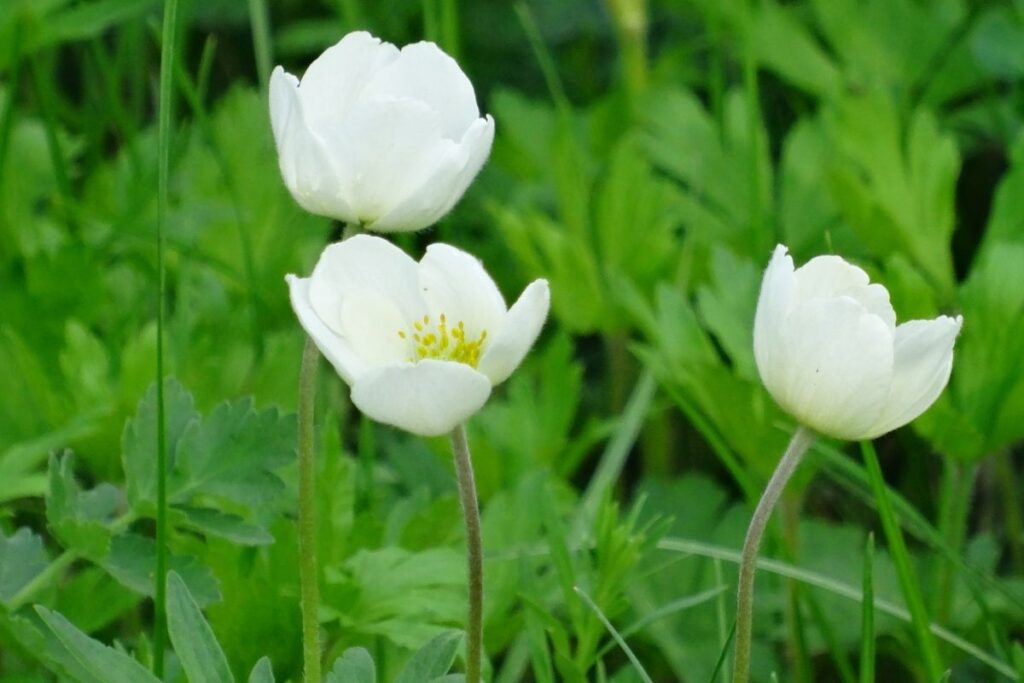
Endemic to eastern Asia, this species of wild rose can be found in the forests of China and Japan, where it can be identified by its pale blooms and five petals.
Despite being used for its ornamental beauty, the plant is considered an invasive species in the United States, where it is also classed as a noxious weed.
12. Peace Rose (Rosa Peace)
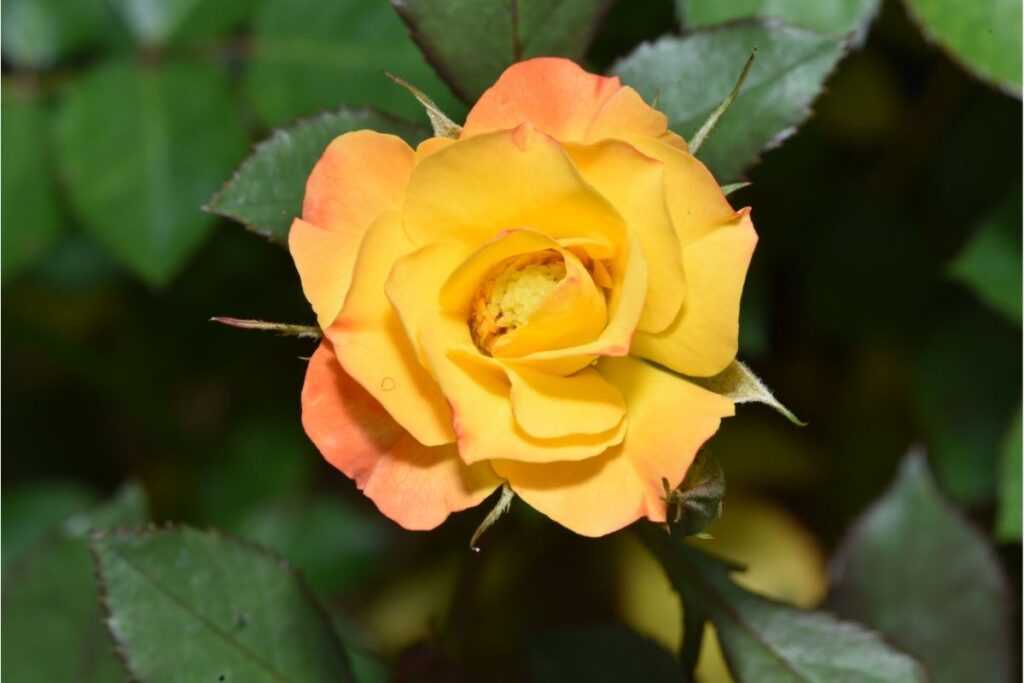
This successful garden rose was first cultivated by Francis Meilland in 1939 and has since become one of the most popular rose plants in the world.
The species will commonly produce elegant blooms in shades of yellow and pink, with the flowers being known for their fruity scent and durable nature.
13. Iceberg Rose (Rosa ‘KORbin’)

Considered one of the most prominent rose plants in the world, the iceberg rose is a native species found in Germany, where it was bred by Kordes in 1958.
Because of its prominence, the snowy rose can be found in gardens across the country, where it is also featured on postage stamps and chocolate bars.
RELATED: As Fresh As A Rose: 20 Different Types Of Rose Of Sharon Flowers
14. Cinnamon Rose (Rosa Majalis)
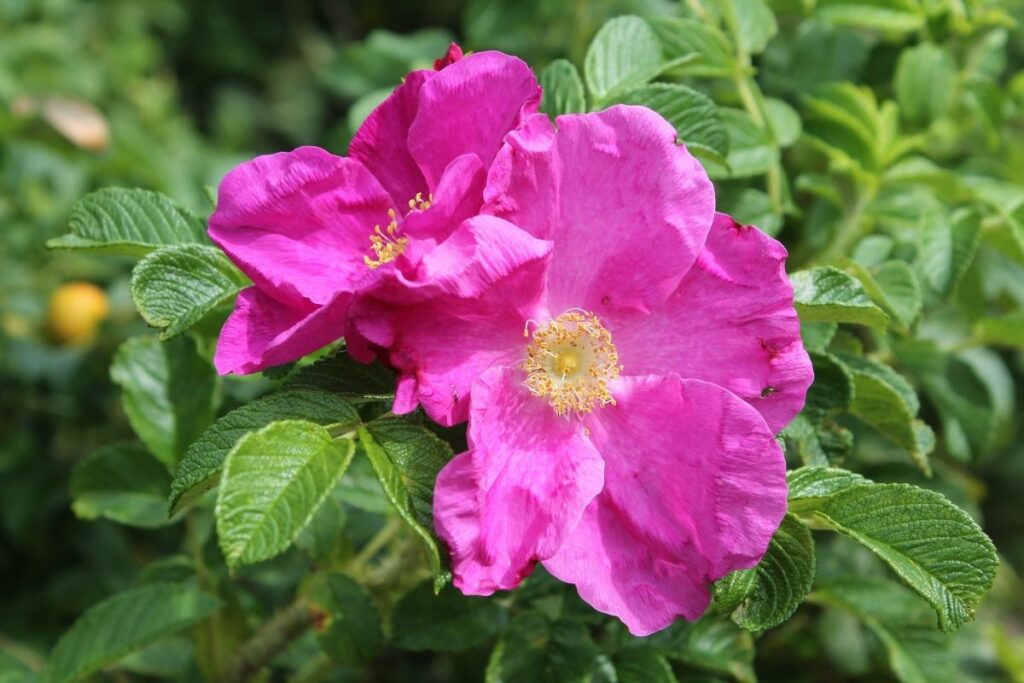
This species of deciduous shrub is native to the forests of Europe and Siberia, where it produces purple-white blooms with yellow centers.
Despite its name, the plant does not smell like cinnamon and is instead cultivated for its small red fruit, which can be used to make medicines and syrups.
15. Abraham Darby Rose (Rose ‘Abraham Darby’)
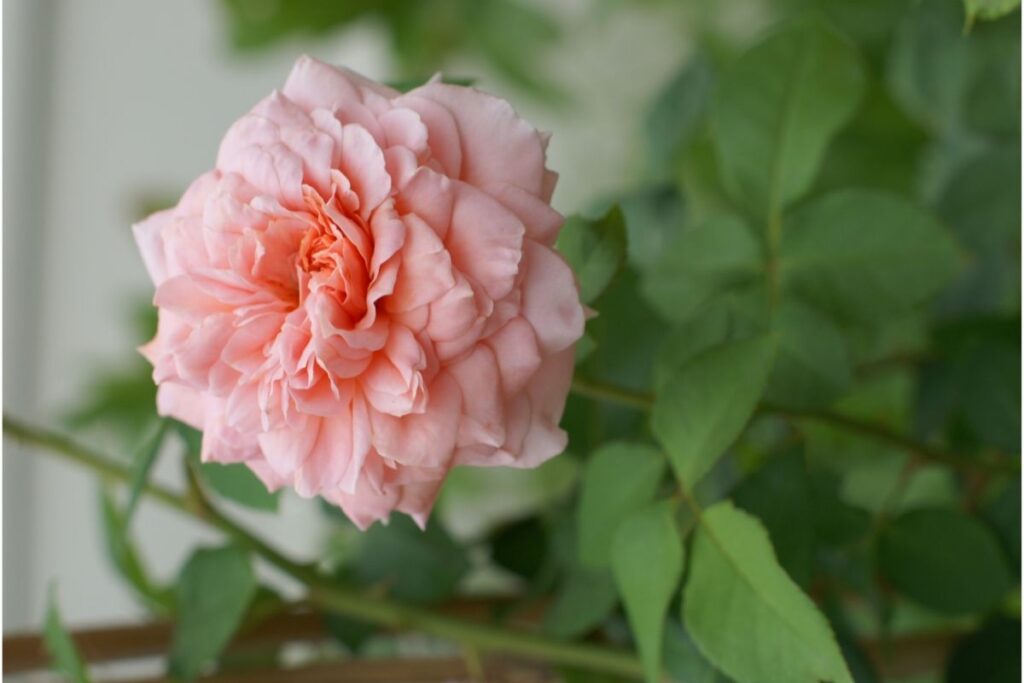
Introduced to England in 1985, this species of rose plant was originally bred by crossing the aloha with the yellow cushion, which resulted in the flower’s distinctive appearance and fruity scent.
These days, the species can be found in gardens across the country, where it is known for its apricot-colored flowers and thornless leaves.
16. Gertrude Jekyll Rose (Rosa ‘Gertrude Jekyll’)
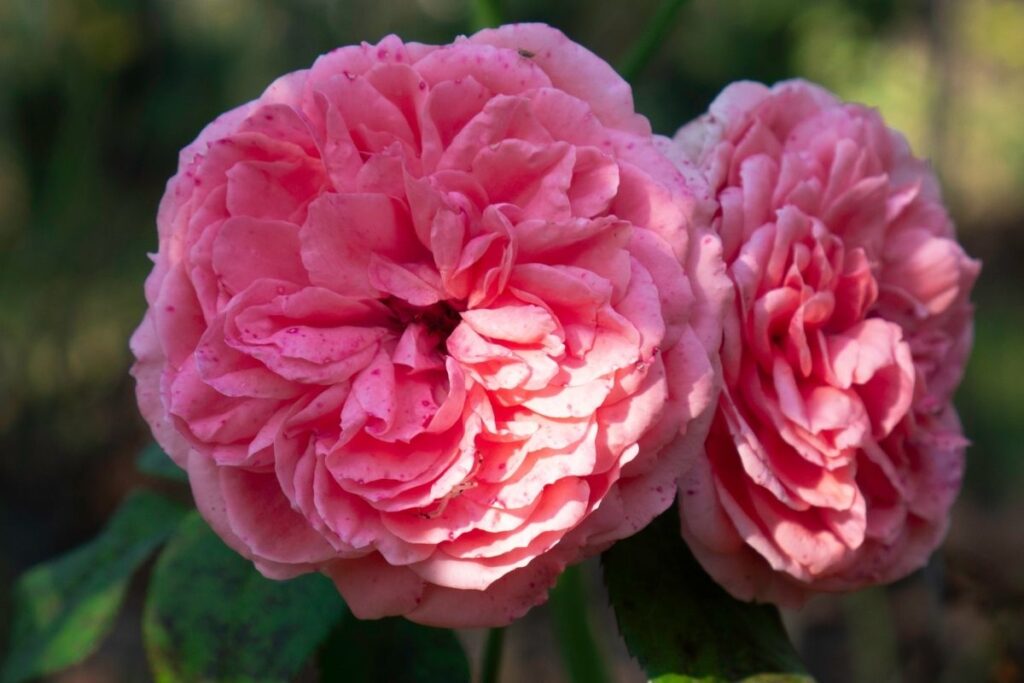
Named after the famous writer and gardener, this species of rose was first cultivated by David Austin in 1986 and has since gone on to become one of the most popular rose plants in the world.
Known for its quartered blooms, the plant will commonly produce pink flowers with white centers, which can grow to extreme heights in sunny conditions.
17. Golden Celebration Rose (Rose ‘Golden Celebration’)
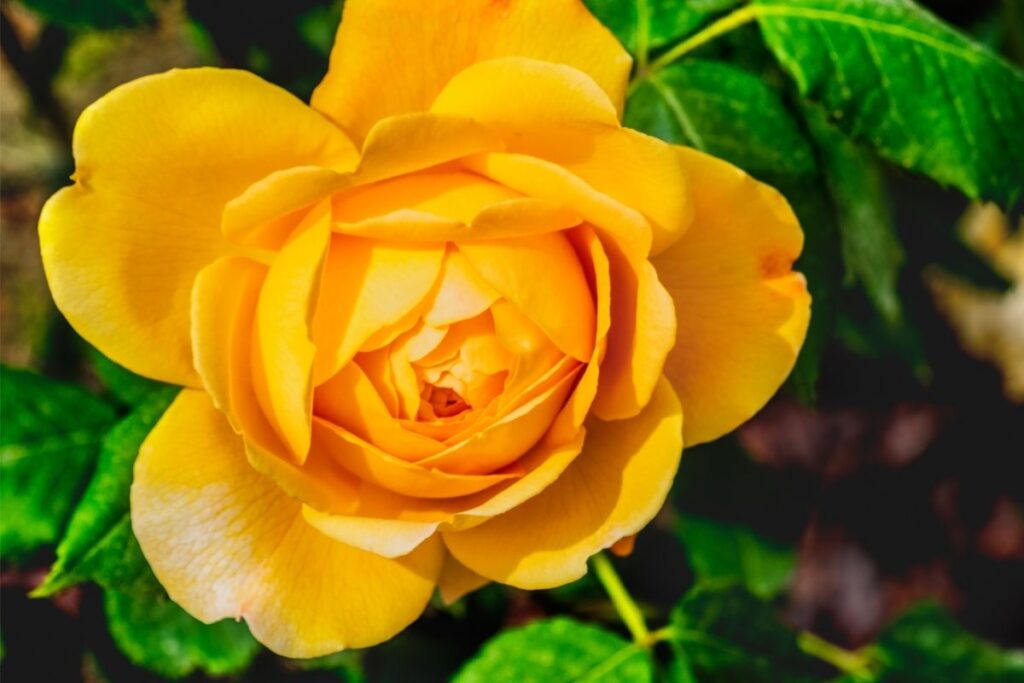
As you can guess from the name, this species of flowering plant is known for its stunning blooms, which come in the form of rounded flowers with golden petals and peach centers.
The plant was first bred by David Austin, who then went on to introduce the species to the UK in 1992 – since then the species has won countless awards, such as the royal horticultural society’s award of garden merit.
18. Papa Meilland Rose (Rosa ‘Papa Meilland’)

This species of hybrid tea rose was first bred by Alain Meilland in 1963, with its name being a direct reference to the flower’s creator.
Distinguished by its dark crimson petals, the species was bred by crossing the Chrysler imperial with the Charles Mallerin – two varieties known for their rich-red roses and velvety scent.
19. American Beauty Rose (Rosa ‘American Beauty)
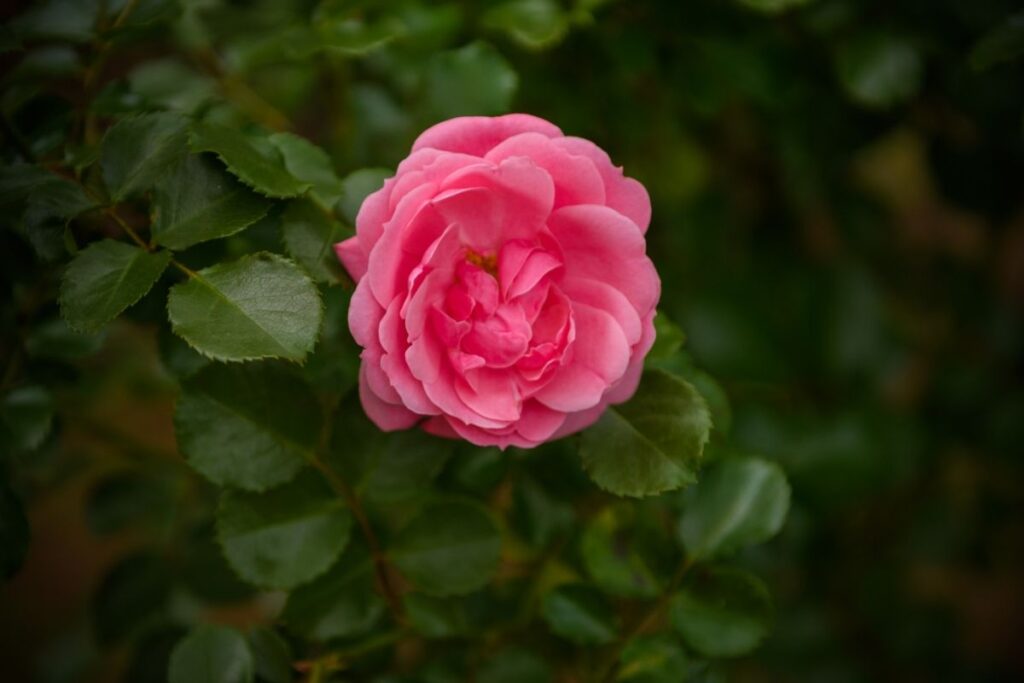
Otherwise known as the Madame Ferdinand Jamin rose, this cultivar was first bred in 1875 by Henri Ledechaux and is known for its deep pink blooms.
These days, the flower has become a prominent symbol in American culture, where it has inspired songs, poems and the oscar-winning movie of the same name.
20. Redleaf Rose (Rosa Glauca)
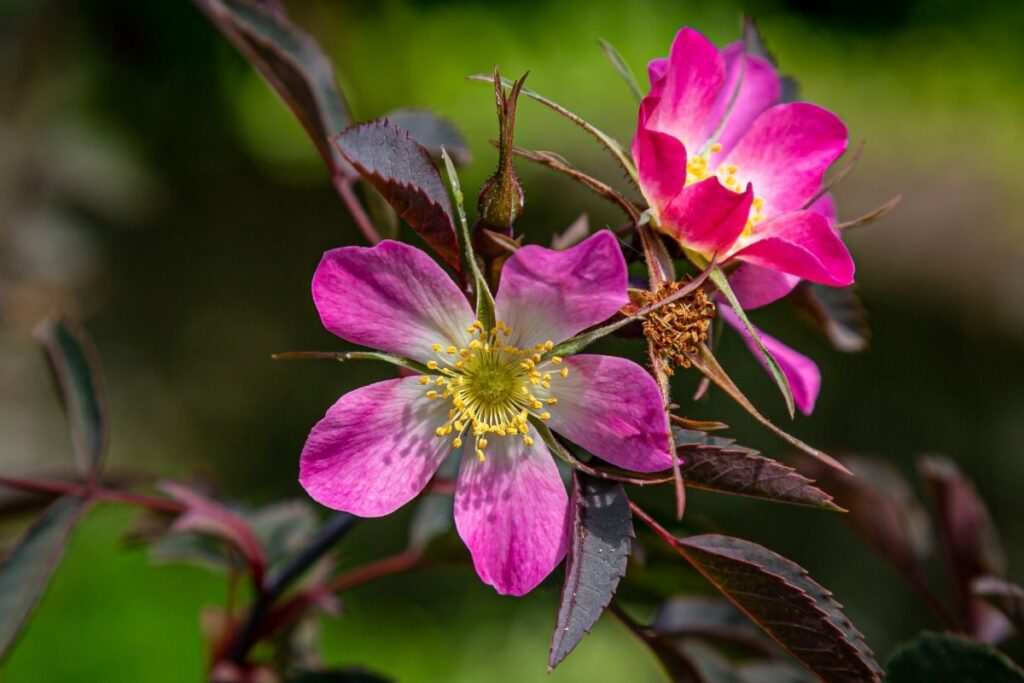
While this rose plant will commonly produce delicate pink flowers, it is more commonly known for its purple-red leaves, which are said to have a waxy texture.
Nowadays, the species can be found in gardens across the world, although this was not a common practice until the late 19th century when the plant became more popular for its ornamental qualities.
21. Queen Elizabeth Rose (Rosa ‘Queen Elizabeth’)
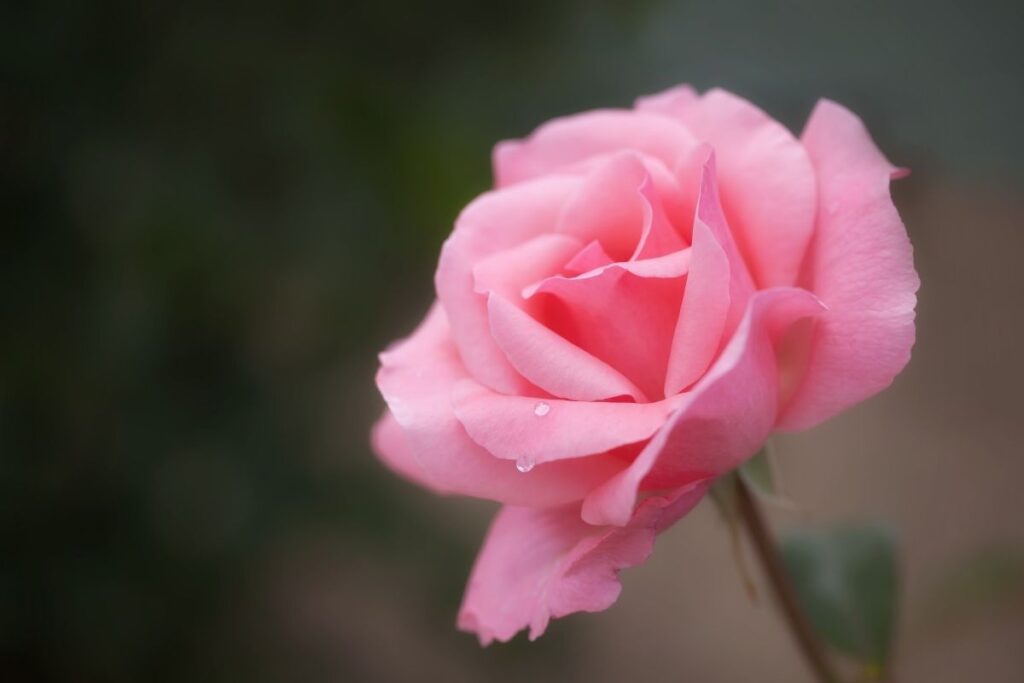
Named in honor of Queen Elizabeth II, this rose plant was first bred in 1954 by Dr Walter Lammerts, with the stunning species since winning the award for the world’s favorite rose in 1979.
Known for its large blooms, the species will usually produce flowers in shades of dark and pale pink, with the roses themselves growing in large clusters with round leaflets.
22. Julia Child Rose (Rosa ‘Julia Child’)

Otherwise known as the absolutely fabulous rose, this species of garden plant can be identified by its butter-colored blooms, which grow in clusters throughout the year.
Named after the famous chef Julia Child, the species was renamed in the United Kingdom to the absolutely fabulous rose, in reference to the popular sitcom of the same name.
Conclusion
As you can see, there are numerous rose plants from across the world, with our list only showcasing a small sample of the varieties available.
So now that you understand more about the different rose plants and their characteristics, it’s up to you to see which one works in your garden.
Editor’s Recommendations
14 Ways To Prolong The Lifespan Of Your Roses
16 Lovely Rose Flowers (With Pictures)
16 Stunning Rose Trees (With Pictures)







